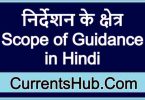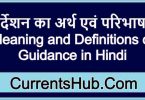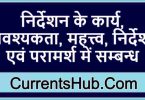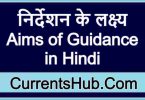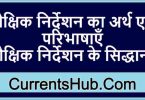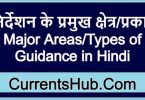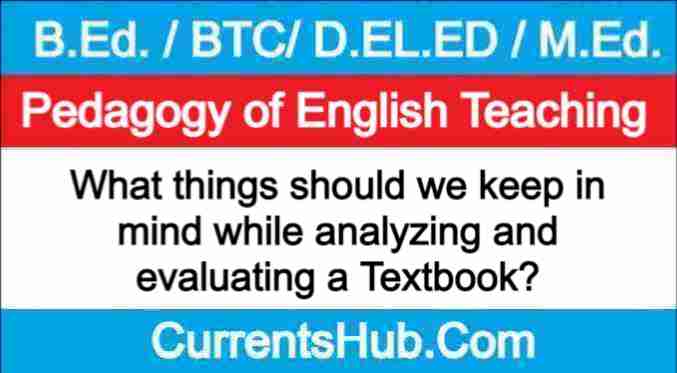
अनुक्रम (Contents)
Analysing and evaluating a textbook
Unfortunately, no textbook is perfect! Effective teach ers carefully analyze their textbook and are aware of its strengths and problematic areas. Once teachers think about the text, they can supplement material where needed, better direct instructional strategies while using the text, anticipate difficult sections for stu dents and plan accordingly.
Considerations for Analyzing and Evaluating Content Area Textbooks
A. PHYSICAL LAYOUT
- Do the authors organize the material in a clear and mean ingful manner? Give specific textual evidence to substantiate your description of the book’s overall layout.
- Are the chapters and sub-sections well organized?
- Does the table of contents represent a logical development of the subject matter?
- Are there common organizational features among all of the chapters that help students organize new information they learn? (e.g., headings/subheadings, graphic organizers, tables, proposed objectives, etc).
- Do the pictures, graphs, and charts work well with and support/extend the text itself? Do they vividly illustrate the concepts covered?
- Are the captions present and helpful?
- Is the size of the print appropriate?
- Are there any “special features” at the beginning and end of the book that make the text especially useful?
B. CONTENT
- Do the authors present the material in an accurate, mean ingful, and engaging manner? Give specific textual evidence to substantiate your description of the content.
- Do you like the questions asked the students before, during, and after the chapters? Do they call for mere literal recall, or do they stimulate students to think critically, apply concepts, draw connections across ideas, or apply to one’s own interests and ex periences?
- Are the examples availble that students can relate to?
- Does the text include quotations from primary sources and authorities to support and add interest?
- Do the illustrations and examples fairly represent race, ethnicity, gender, and class? Are the representations of people non stereotypical?
- Are multiple and diverse perspectives offered in relation to the content?
- Do the chapters contain opportunities for self-assessment? Are there multiple formats for self-assessment?
C. CHAPTER SUMMARIES AND SUPPLEMENTARY MATERIALS
- Do the authors provide explanations of the intended goals and overall purpose for using the material? Give specific textual evidence to substantiate your thinking.
- Is each chapter’s main idea(s) or purpose for reading ex plicitly stated at the beginning?
- Do the chapters contain study guides, summaries, or other special features to help review the major concepts during and/or after reading?
- Are there supplemental materials, such as workbook ex ercises, CD-ROM activities, companion web resources, etc? If so, do they require students to do things that will actually further help their practice of a skill or their knowledge of the subject? Do we consider them a valuable use of ours and our students’ time or just busy work?
- Are suggestions and resources given for a teacher’s fur ther exploration using primary and secondary sources? (e.g., an notated bibliography, extension activities, etc.)
D. VOCABULARY
- Are technical terms highlighted, defined well, and ex plained adequately for adolescent readers when they are first in troduced? Give specific textual evidence to substantiate your thinking.
- Is there an appropriate number of new terms introduced in each chapter?
- Are there relevant application examples of new terms?
- Does the text provide necessary background knowledge by reviewing or reminding readers of previously acquired knowledge or concepts?
- Calculate the readability of the text. Is it appropriate for the grade level for which it is intended?
E. ADRESSING SPECIAL LEARNING NEEDS
- Do the authors suggest other resources and activities for students motivated to explore the area or for students who have difficulties with specific objectives or specific tasks?
- Are the exercises appropriate for a range of populations or might some of the assignments need to be adapted to support different kinds of learners?
- Is the material expressed in multiple ways (e.g., words, illustrations, photos) to support different kinds of learners?
F. POTENTIAL PROBLEMS OR CONCERNS
- What potential problems or concerns might you have for using this textbook and what are some suggestions for remedying potential problems?
- For students (language, content, assessments, etc.
- For teachers (too muc!, material to be covered/too little information/too complex / too superficial a treatment of the con cepts, etc.
G. OVERALL EVALUATION
Make a list of the overall strengths and problematic areas in the text as a whole.

